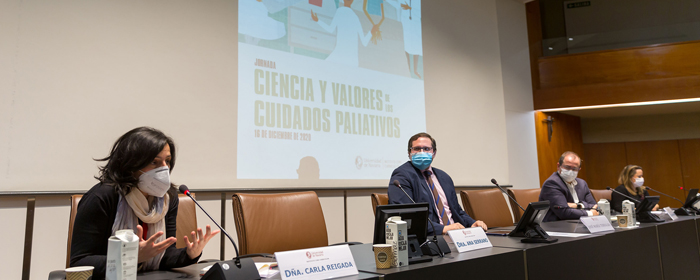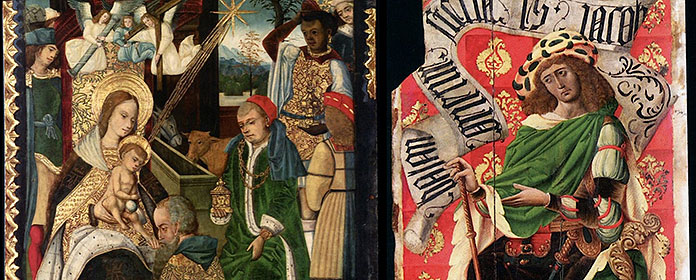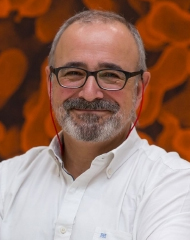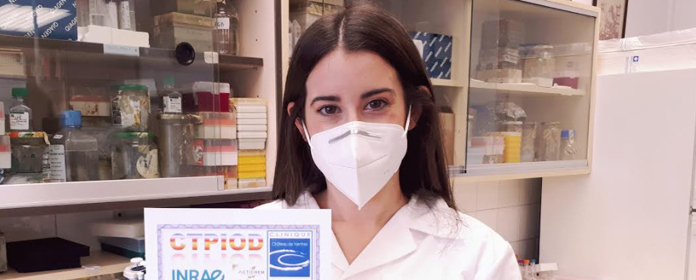An album from the collection inspires the book Gibraltar 1888
The presentation of the book was attended by the artist Joan Fonctuberta, who was inspired by the photographs in the album for his project Orogenesis.
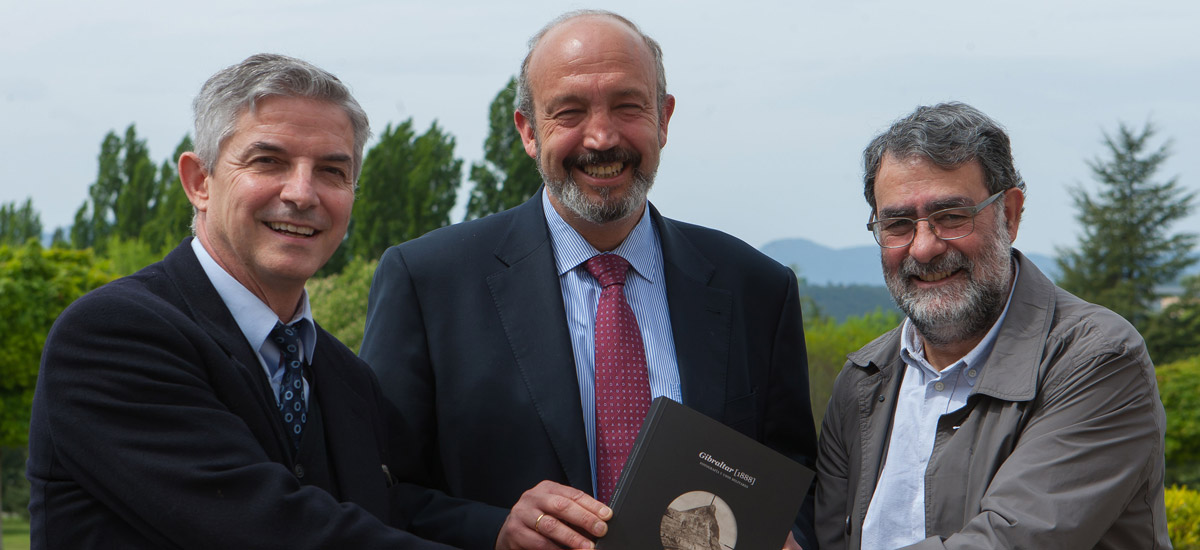
The book "Gibraltar 1888. Photography and military uses" discusses one of the first acquisitions that the University, through the Photographic Fund, made to expand its collection. The purchase, made in 1998, included among the lots a wooden box with unidentified material. "For a while, this piece was in the Photographic Fund's storeroom without being studied until the artist Joan Fontcuberta, when invited to work on the project Tender Puentes, became interested in it," said Valentín Vallhonrat, a member of the Museum's artistic direction.
The box included an album with 60 albumen photographs showing various views of the Rock of Gibraltar, important buildings and facilities. "The images are of a fascinating rarity, they appeal to conceptual art and have a series of numbers or codes that could well be the coordinates of a treasure map," explained Fontcuberta about the source that inspired his work Orogenesis.
For Orogenesis GibraltarFor Orogénesis Gibraltar, Fontcuberta ran the images from the album through hyper-realistic scenario modeling software. "The software has a military origin. Although it is now used even for animation, at first it was used so that the military could know the unknown terrain before making an incursion" explained the artist, "I went through the program these photos and even some artwork and the program gave me back the hyper-realistic scenarios that we can see in the photographs of project".
<br>Un descubrimiento familiar<br><br>Likewise, this album on Gibraltar sparked the interest of Fernando de la Puente, director of the former Photographic Fund of the University of Navarra and today administrator of the Museum of the University of Navarra. "The album became almost an obsession for me. We had it in a corner of our storeroom, we had no information about it and we didn't know what those numbers were," said Fernando de la Puente. It was after his mother passed away and while looking for a photograph for her memorial, when de la Puente found an album identical to the one in the Photographic Fund in his house. "Surprised, I asked my father about that wooden album. It was identical to the one in the Photographic Fund and the images also had numbers. The only difference was the initials on the cover. My father told me that it belonged to my great-great-grandfather and recommended that I talk to my uncle to get more information," said de la Puente.
It was a great-uncle of Fernando de la Puente, who provided all the documentation about that album. With that material, Fernando de la Puente and the artistic direction contacted historian Lee Fontanella, who at the time was a professor at Penn State University. Fontanella, who wrote the book's prologue, in turn put them in touch with historian Juan Carlos Pardo at contact . And, finally, it was Pardo who found the authorship of the photographs, "I had studied some of John Hollingworth Mann's images for my doctoral thesis and as soon as I saw them I recognized them".
<br>El contenido<br><br>The book "Gibraltar 1888. Photography and military uses" sample the documentation related to the description of the Rock, plans and photographs. "The Magallanes - de la Puente family has provided us with a lot of documentation but for this book we have only studied a part of it," said Pardo, "thanks to this study we have discovered that the photographs have a military origin. In addition, the images are a precedent for the Army Photographic Service, since there were not many images for this purpose before".

